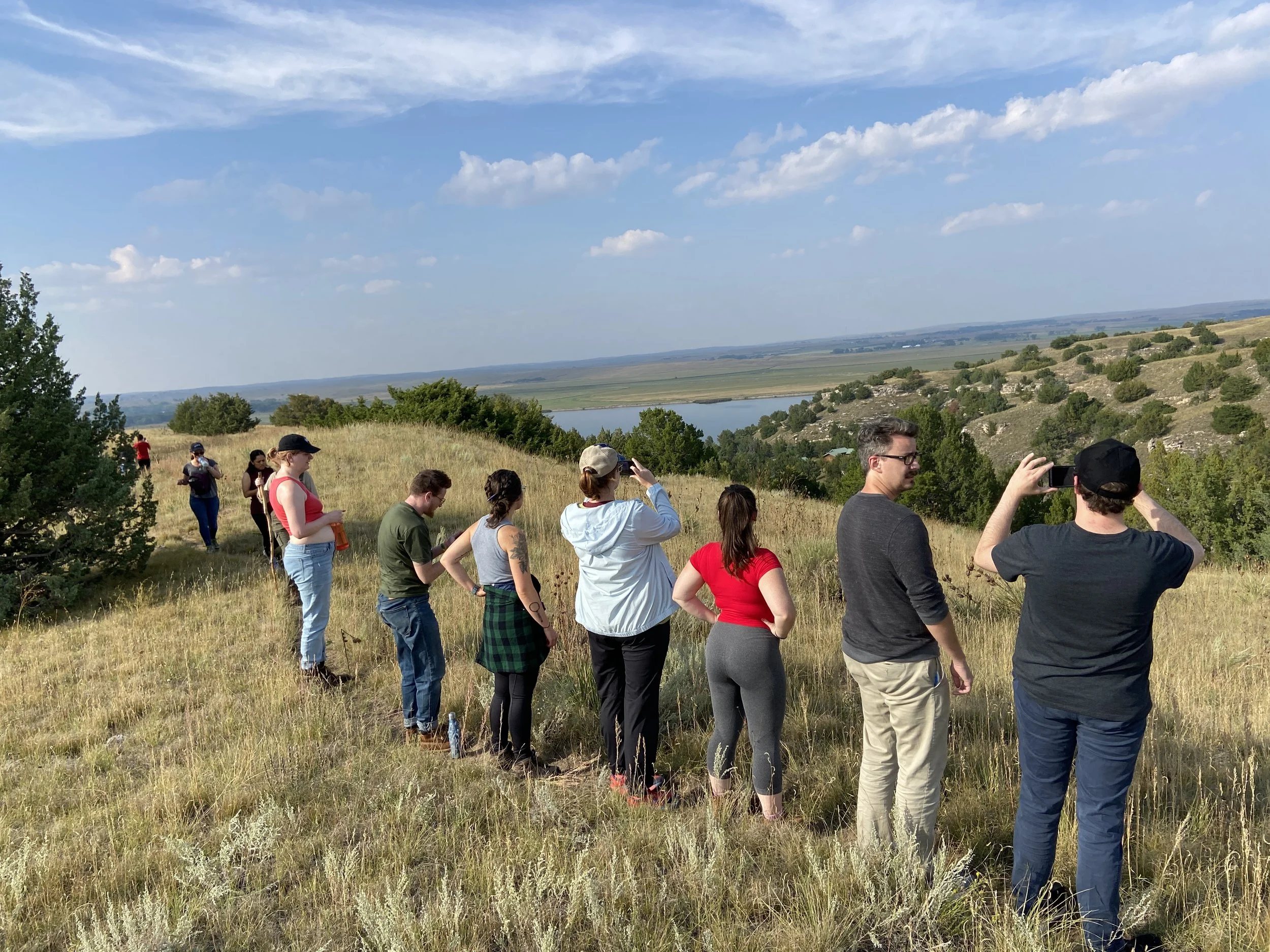How do climate change, migration and a deadly sheep disease alter our understanding of pandemics?
For thousands of years, an unknown virus lingered quietly among the wild ruminants of South Africa. The kudu. The giraffes. The Cape buffalo. Spread by a genus of biting midges called Culicoides, the virus lived in harmony with its hosts, rarely causing disease, until the late 18th century, when farmers began importing purebred merino sheep from Europe. Sheep are ruminants, too, of course, and before long — because it could — the virus moved in. Unlike their native counterparts, however, these newcomers hadn’t had the chance to evolve any resistance. French zoologist François Levaillant identified the disease in cattle, as well. Wayfaring through the Cape of Good Hope in the 1780s, he first recorded the clinical symptoms of what he called “tongue sickness,” or “tong-sikte” in South African Dutch, noting a “prodigious swelling of the tongue, which then fills the whole mouth and throat; and the animal is every moment in danger of being choaked [sic].”
But the wooly imports proved especially susceptible. The disease persisted, year after year, decade upon decade, flaring up in new flocks every summer. In 1905, James Spreull, a government veterinarian stationed in Grahamstown, South Africa, published the first major study of what shepherds were then calling “bluetongue.” More common than its namesake, he wrote, was a rash of other symptoms: erratic and severe fever, frothing at the mouth, swollen lips, excessive mucus. Often diarrhea. Foot lesions. Emaciation. Mortality rates within flocks varied in his report from less than 5% up to 30%, but “the loss to the farmer,” he wrote, “… is not so much bound up in the number of sheep which actually die as in the great loss of condition which a large percentage of the flock undergoes.”
The veterinarian believed the disease was “peculiar to South Africa,” but in 1943, the virus broke loose in Cyprus. In 1956, it swept across the Iberian Peninsula. In the mid-1960s, the World Organisation for Animal Health (OIE) classified bluetongue as a “List A” transmissible disease, fearing its spread across southern Europe. Then it spread across southern Europe and the Mediterranean, from the Greek Islands to at least nine other previously uninfected countries. By 2005, this outbreak had killed well over a million sheep, and scientists were beginning to connect the dots, blaming climate change for expanding both the range and transmission season of Culicoides imicola, the Afrotropical midge.
“For midge populations to become established in a new location, across a large water body, you need both wind-borne transport and suitable climatic and environmental conditions at the arrival location,” says Anne Jones, a data scientist at IBM Research who previously studied the disease.“Consequently, climate change makes expansion to warming regions more likely.”
But when it reached northern Europe the next summer, ultimately marching from the Netherlands to southern Scandinavia, researchers discovered something unexpected: The virus had jumped to a native midge, too, spreading the disease far wider than any of the climate models could predict. A series of compulsory vaccination programs across Europe finally quashed the spread by 2010, but just five years later, bluetongue reemerged in France and later, Germany, Switzerland and more. And as the world grows warmer, creating more suitable habitat for the virus, nearly every model suggests bluetongue outbreaks, which have caused billions of dollars of damage in the past two decades alone, are likely to increase in range, frequency and duration in the years to come.
“The bluetongue story shows how easily diseases can emerge from a background of climate change augmented by globalized trade and travel,” says Daniel Brooks, senior research fellow of the Harold W. Manter Laboratory of Parasitology at the University of Nebraska State Museum. “The planet is a minefield of evolutionary accidents waiting to happen.”
Welcome to the emerging infectious disease crisis.





